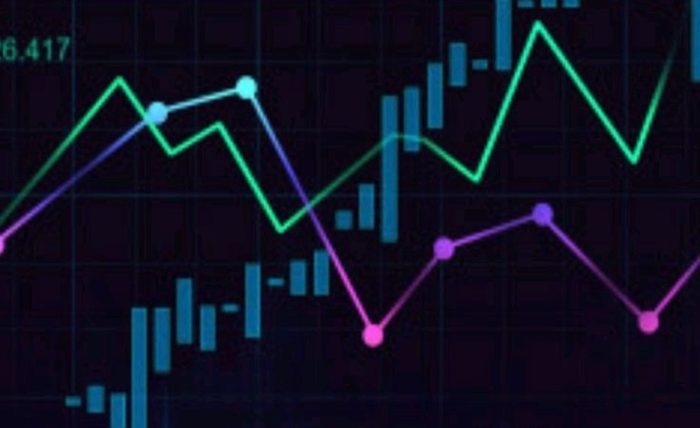Mid-cap funds lie in the intermediate stage of investment and invest in companies with market values between 101 and 250 that have already become business models but have a high degree of growth. These funds suggest that there must be at least 65% stocks of the startup in mid-caps and this gives an opportunity to those investors who expect to gain higher returns as compared to large-cap funds with moderate risk exposure. The selection process needs rigorous study of numerous factors to identify funds capable of producing steady growth over extended periods.
The key to the effective mid-cap fund picking is the familiarity with the potential and the limitations of the given category of the market. The middle-size organizations often possess more flexibility than the large companies enabling them to harness the emerging market trends and business opportunities. Nevertheless, they are also more volatile and exposed than blue-chip companies are, and the selection factor of fund managers competence and risk management power are significant.
Performance Analysis: The Foundation of Smart Selection
Historical performance analysis is the cornerstone of mid-cap fund evaluation, involving study of returns across different time spans including 3, 5, and 10-year periods. Consistent performers show their ability to handle multiple market cycles while keeping consistent growth paths. Investors ought to consider funds that have outperformed their benchmarks and the peer groups under varying conditions in the market over the short term as opposed to funds with high returns.
Risk adjusted returns give more information on the quality of funds than the pure returns. Metrics such as the Sharpe ratio and standard deviation help buyers understand how much extra yield funds make per unit of risk taken. The best mid cap mutual funds often have better risk-adjusted performance, showing skillful portfolio management and strong risk control strategies.
Fund Management Excellence: The Human Factor
The success of long-term funds of mid-cap greatly depends on fund manager track record and investment philosophy. The performance of the experienced managers who have a proven track record in finding cheap mid cap stocks and their market cycle timing capability are likely to produce a more consistent performance. Their mode of investment, be it growth, value, or balanced, ought to be related to the goals of investors and market prognosis.
Portfolio design process shows management competencies in stock selection and diversification. Mid-cap fund managers with good returns maintain optimum portfolio concentration, neither over-invested in particular industries or stocks nor inadequately diversified to minimise risk. Their skills to locate businesses having healthy fundamentals, competent governing staff, and sustainable competitive advantages guarantee success in fund twelve months.
Cost Structure: Maximizing Net Returns
Expense ratios directly affect net returns over longer investment frames, making cost study important for fund selection. Mid-cap funds often demand greater fees than large-cap alternatives due to extra study needs and trading costs. However, investors should pick funds with moderate cost rates that explain their charges by excellent results and thorough research capabilities.
Additional costs include entry loads, exit loads, and transaction charges lower total investment returns. Many top platforms offer zero-cost mutual funds entry, eliminating entrance barriers and cutting long-term investing costs. Investors should include these fees into their selection criteria, especially for long-term investment goals when cost differences increase greatly over time.
Portfolio Composition: Diversification and Quality
Sector distribution and stock selection within mid-cap funds show management quality and risk management methods. Well-diversified funds spread investments across different sectors while keeping big positions in high-conviction stocks. Excessive concentration in specific businesses or equities shows increased risk levels that may not match with sustainable growth goals.
Quality measurements of base holdings provide insights into fund security and growth potential. Funds focused on companies with good financials, steady earnings growth, and sustainable business plans tend to produce more predictable results. Analysis of portfolio turnover rates also shows management style, with modest turnover suggesting sensible stock selection rather than excessive dealing.
Market Timing and Investment Strategies
Entry time greatly affects mid-cap fund success due to their higher volatility compared to large-cap options. Systematic Investment Plans (SIPs) help limit time risks by spreading investments over several market levels, particularly beneficial for mid-cap funds that face more price changes. This method helps investors to earn from rupee-cost averaging while building positions gradually.
Investment plan alignment with fund features provides optimal results from mid-cap choices. It takes such investment to go through cycles of the market and other market conditions and these funds have the potential to be realized after 5-7 years. Financial interests of short-term investors can be exposed to high volatility which may be detrimental to their financial objectives, so mid-cap funds would prove to be better when the long-term objective is to invest in assets.
Risk Assessment and Management
Volatility tolerance examination helps buyers decide proper mid-cap fund selection within their whole portfolio. These funds experience bigger price swings than large-cap alternatives, needing investors who can bear momentary losses without making emotional choices. Risk capacity assessment should consider individual cash situations, investing goals, and mental comfort with market swings.
Liquidity considerations become crucial during market stress times when mid-cap stocks may face lower trade volumes. Quality fund firms maintain satisfactory cash reserves and methods of liquidity management to provide responses to redemption pressures without the compelled liquidity sale of illiquid assets. This role assists in cushioning the long term investors against the effects of short term market uncertainties.
Conclusion: Building a Strategic Selection Framework
Available methods to select the best mid cap mutual funds are numerous because of the need to balance on the background of success, quality of management, pricing system, and characteristics of the portfolio. The investors should align fund selection to the level of risk-taking, principal and upgrades ambitions during the course of investment, maintain a fair gauge regarding the volatility, prospective returns.
An ideal mid-cap fund selection is informed by rigorous research projects and intense investment activities that emphasize on long-term increment of wealth as compared to short-term profits. Investors have an opportunity to create portfolios by concentrating on funds that experience good performance over the years, have experienced management teams and those that are properly structured in terms of cost, thus able to grow steadily without the high level of risks involved in mid-cap investment.







